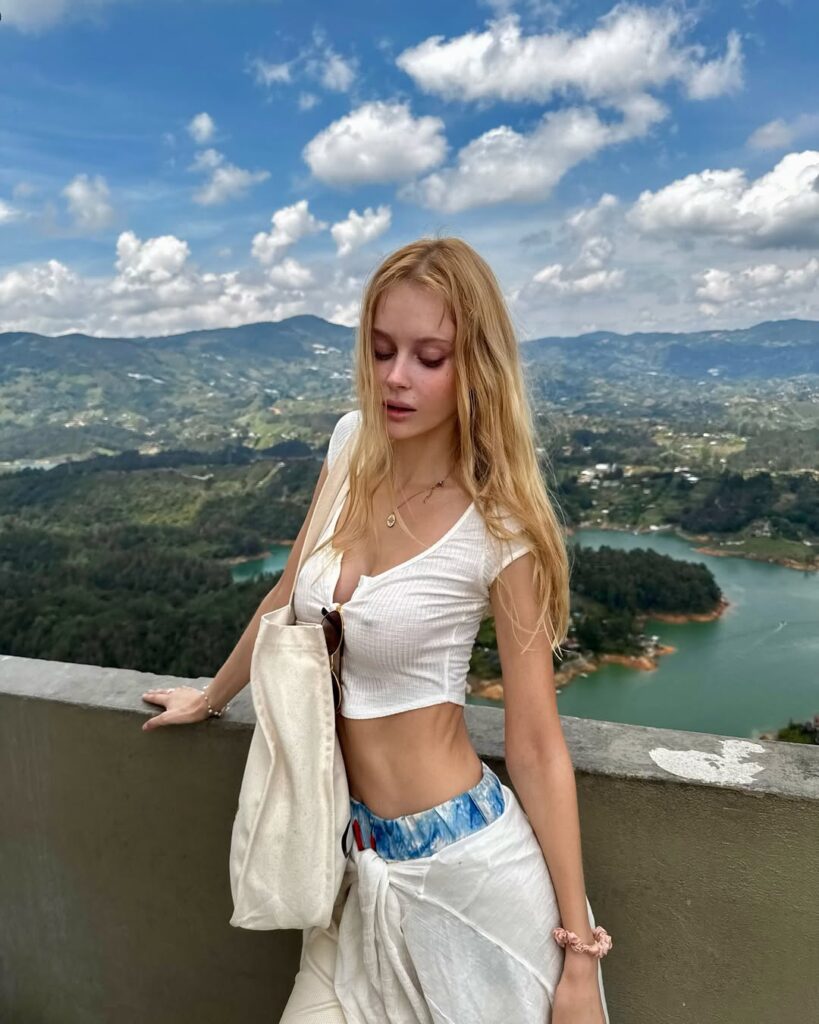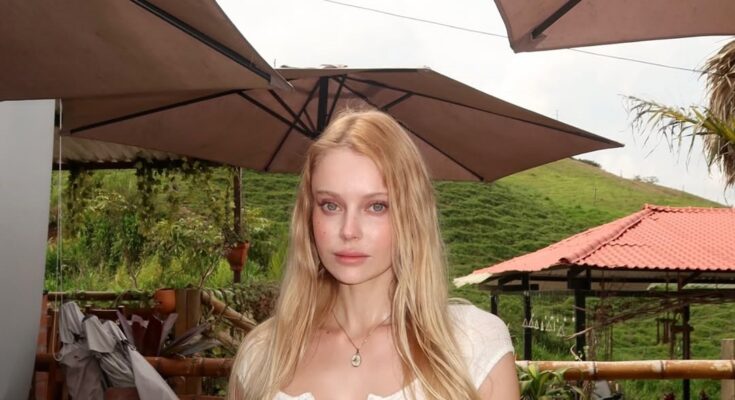

In Colombia, days are not measured in hours, but in color. Each sunrise is a new canvas, splashed with the hues of tradition, joy, struggle, and love. “It’s all one colorful day” is more than just a poetic expression—it’s the heartbeat of a country that pulses with life from its Caribbean coasts to its Andean peaks. 🌄
From the moment the first sliver of sun breaks over the Sierra Nevada de Santa Marta, there’s a sense that anything is possible. The morning skies are often painted in soft oranges and purples, echoing the rhythm of vallenato floating out of someone’s open window. It’s the start of another day woven with color, culture, and connection.
You can smell it too—the scent of fresh arepas sizzling on a roadside grill, the rich aroma of tinto (Colombian coffee) brewing in a small clay pot. Life begins early here, and it begins with warmth. In bustling cities like Medellín or Bogotá, vendors are already setting up their stalls, laying out fruits that look like jewels: ruby-red granadillas, golden mangos, deep purple passionfruits. Every one of them holds a story, a flavor, a memory.

Colombia is a land of contrasts that somehow coexists harmoniously—coastal breezes kiss mountain winds, colonial architecture stands beside sleek modern towers, and indigenous roots hold hands with urban innovation. The result is a country where every moment feels like a blend of the past, present, and future. 🇨🇴
Walk through the streets of Cartagena, and you’ll understand. The colonial buildings are dressed in yellows, blues, and pinks, their balconies overflowing with bougainvillea. The cobblestones underfoot feel ancient, but the laughter of children running through the plazas feels timeless. Art lives in every corner here—on the walls, in the music, in the way people speak.
But to say Colombia is only sunshine and music would be missing half the picture. It’s a place shaped by complexity, by resilience. The country has seen its share of shadows—conflict, poverty, hardship—but like any great painting, it’s the interplay of light and dark that gives it depth. In every Colombian heart is a fighter and a dreamer.
There’s a saying: “La vida no es fácil, pero es hermosa.” Life is not easy, but it’s beautiful. And nowhere is that truer than here.
Take the city of Cali, the world capital of salsa. It’s not just a genre of music here—it’s a language of the soul. You can see it in the way people move, how they speak, how they love. The beats are fast, the nights are long, and every dance feels like a celebration of survival. Of joy reclaimed.
And that joy? It’s contagious.
It spills into the countryside too. In the rolling hills of the coffee region, every plantation is a patchwork of green, dotted with brightly colored fincas (farmhouses). Life here moves slower, but it’s no less passionate. Farmers rise early to pick the beans that fuel the world, and in their quiet dedication is a deep kind of pride. The same pride you see in the craftspeople of Boyacá, or the fishermen of Barú, or the Wayuu artisans of La Guajira, weaving tradition into every thread.
Color follows you everywhere in Colombia. In the festivals, of course—Carnaval de Barranquilla is one of the biggest in the world, a storm of feathers, sequins, and sound. But it’s also in the quieter moments: the patterned dresses worn by abuelas at Sunday mass, the murals in Bogotá that scream stories in spray paint, the spontaneous street parades that erupt on a random Wednesday just because someone felt like dancing.
Even grief here is wrapped in poetry. The literature of García Márquez, Colombia’s Nobel laureate, is drenched in magical realism—the idea that the fantastic and the ordinary are not separate things, but the same. That love can last a century, that ghosts walk among us, that flowers can rain from the sky. It’s how Colombians cope, celebrate, believe.
To live in Colombia, or even to visit it, is to learn how to live vividly. To be unafraid of feeling everything, all at once. Love and loss. Hope and history. Laughter and longing.
On one colorful day, you might witness a grandmother teaching her granddaughter to make empanadas, her fingers shaping dough with the memory of generations. That same afternoon, you might hear a protest marching down the avenue—voices demanding justice, change, dignity. And by evening, you might find yourself at a rooftop party in Medellín, watching fireworks burst over the mountains while someone strums a guitar.
It’s all one day. And it’s all Colombia.

This sense of unity within diversity is what makes the country so magnetic. Its colors are not just on the surface—they’re in its people. Warm, spirited, endlessly hospitable. Strangers call you “mi amor” or “mi vida” without hesitation. And when you say goodbye, it’s never final. “Nos vemos,” they’ll say—we’ll see each other again.
Because here, time flows differently. The past is always present. The future is filled with color. And the now? The now is bursting with life.
So whether you’re sipping a cold aguardiente with friends in a small Antioquian town, or hiking through the green silence of Valle de Cocora, or simply sitting on a stoop in Bogotá as the sun dips below the Andes, there’s a magic in the air. A sense that, despite everything, this world can still be beautiful. Still be worth celebrating.
Because in Colombia, life doesn’t come in black and white. It comes in color. Every shade. Every feeling. Every story.
It’s all one colorful day. 🌹🇨🇴



